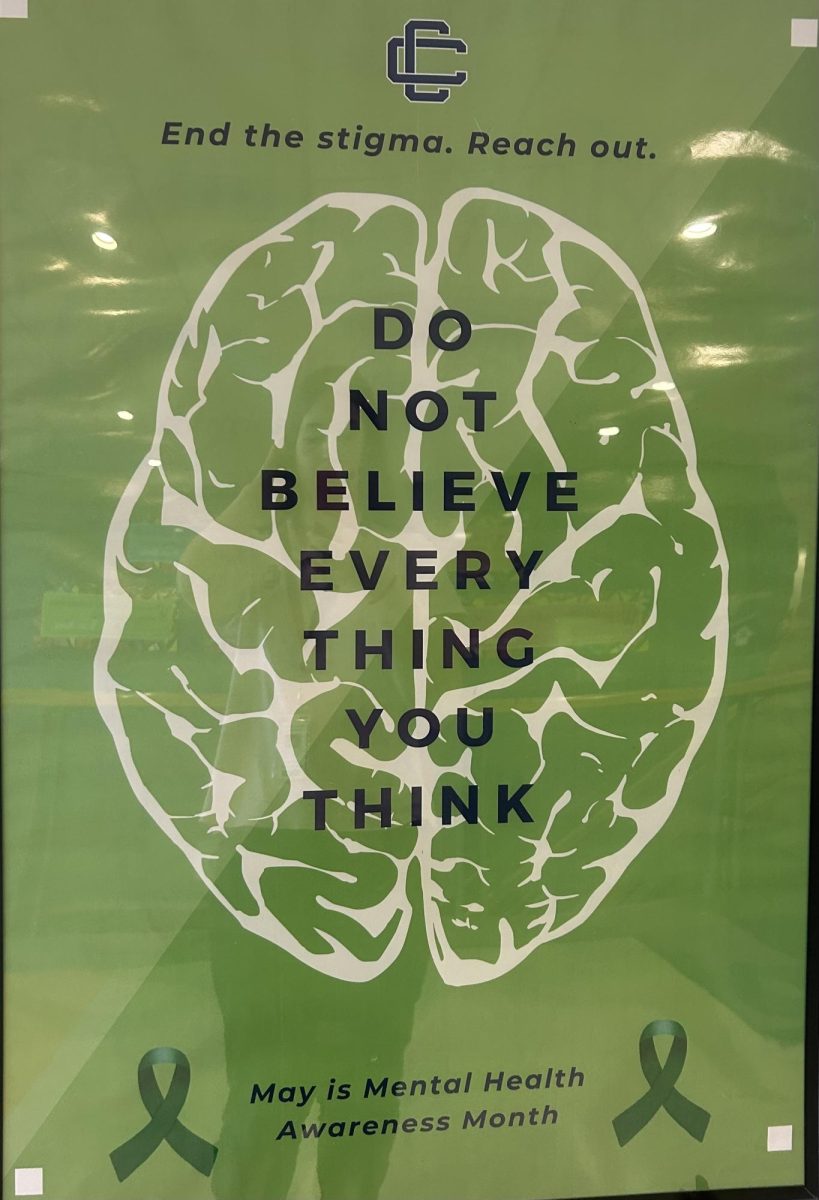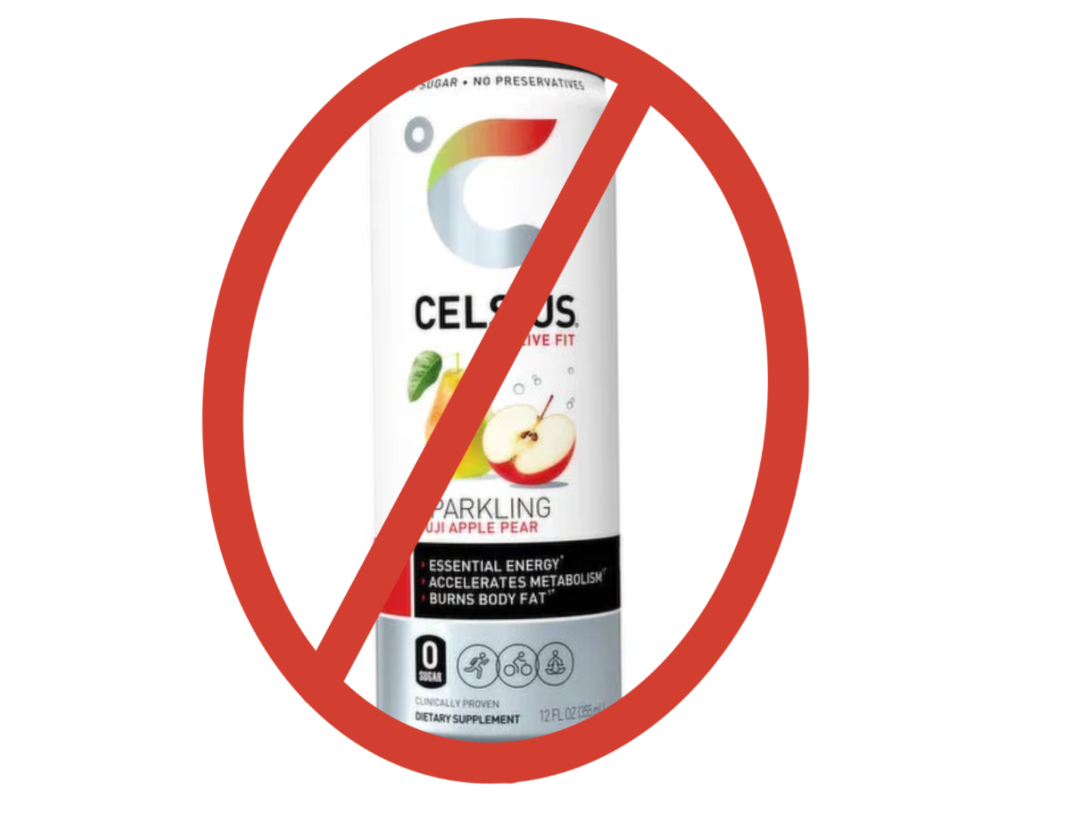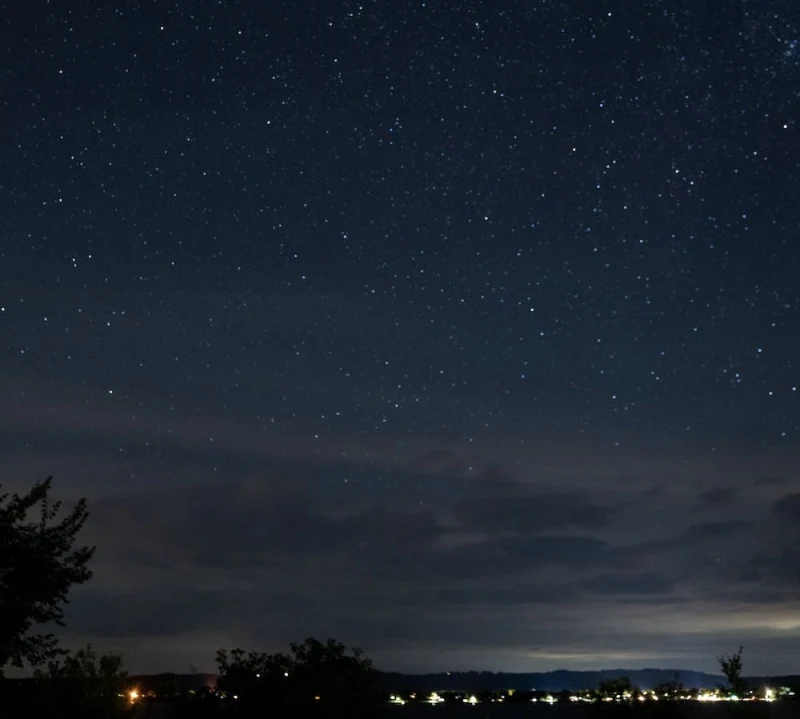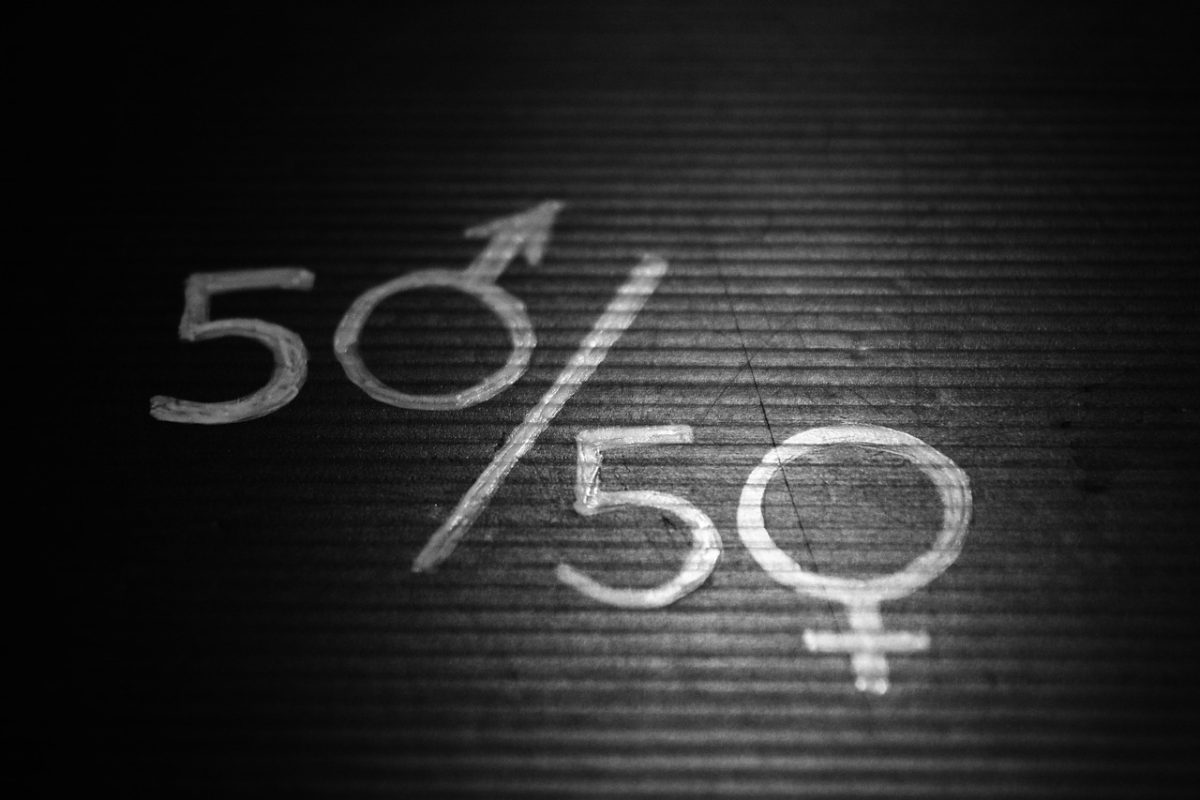The Catastrophe of Light Pollution
According to the International Dark Sky Association, “Light pollution is a side effect of industrial civilization. Its sources include building exterior and interior lighting, advertising, commercial properties, offices, factories, streetlights, and illuminated sporting venues.” Due to this pollution, natural life cycles are inhibited and space observation is hindered.
As of recently there has been a campaign among large cities in America called the “lights out day,” hosted by the Earth Hour organization. The Earth Hour organization is an institution founded by the World WildLife Fund (WWF) to diminish and limit the effects of light pollution worldwide for one day a year. The WWF encourages people to join the movement; “Earth Hour is now one of the world’s largest grassroots movements for the environment. By switching off your lights on March 25 at 8:30pm, you will join millions of others in 190 countries in support of our planet.”
Most people don’t see light pollution as a major issue other than not being able to see the stars, but it is far from that. In an informational article from James Madison University, light pollution affects human health by “disrupt[ing] the circadian rhythm [which] has also been linked has been linked to sleep disorders like insomnia and delayed sleep-phase syndrome, as well as depression, hypertension, attention deficit disorder, obesity, diabetes, and heart disease.”
The circadian rhythm, or circadian cycle, is the natural cycle of physical, mental, emotional, and behavioral transformations that your body goes through over a 24 hour period; most commonly known as the sleep-wake cycle.
Light pollution affects your daily life and health tremendously without you even realizing it.
An increased amount of light at night not only lowers melatonin production, which results in drastic sleep deprivation, but it also increases fatigue, headaches, and many mental illnesses, such as anxiety.
Furthermore, light pollution also affects non-human animals. The United Nations Environmental Programme states that, “Artificial light at night can disorientate adult and hatchling sea turtles, so they are unable to find the ocean. Birds are also known to become disorientated by lights, resulting in higher bird mortality due to collisions with artificial structures such as buildings.”
As you can now tell, light pollution effects not only how we see the stars, but also the human body and many other animals within our ecosystems. Failure to stop light pollution will lead to earlier deaths for both humans and animals. So, turn out the lights in your home and get out your candles because if we don’t curb this unnecessary light usage then the health of people and animals will continue to deteriorate.




























